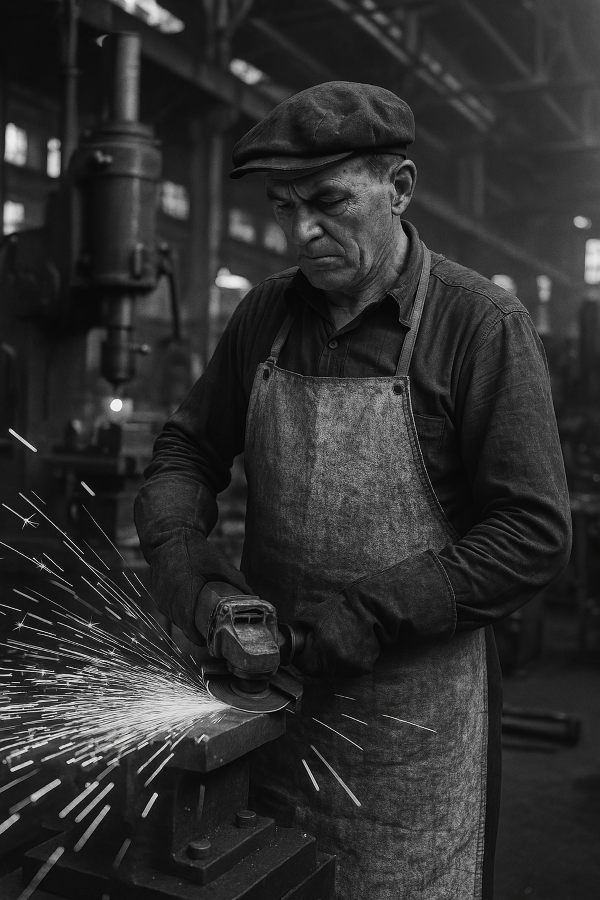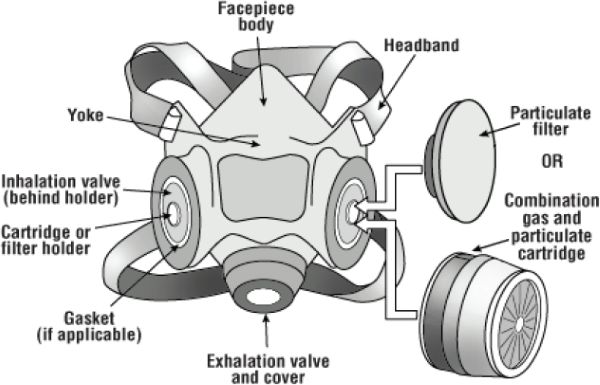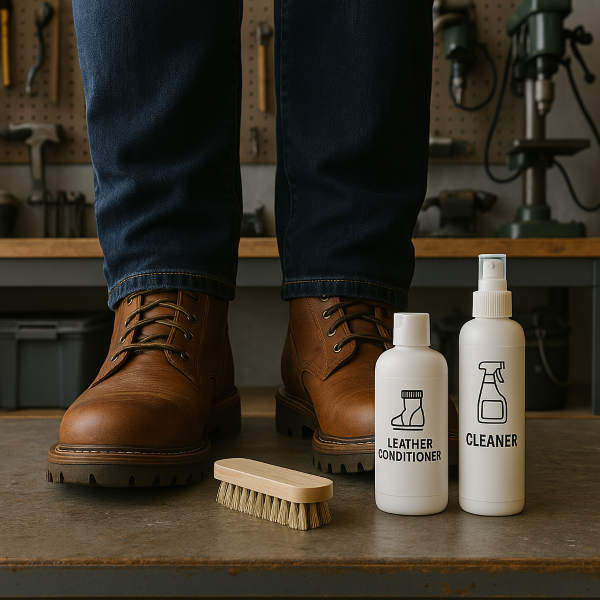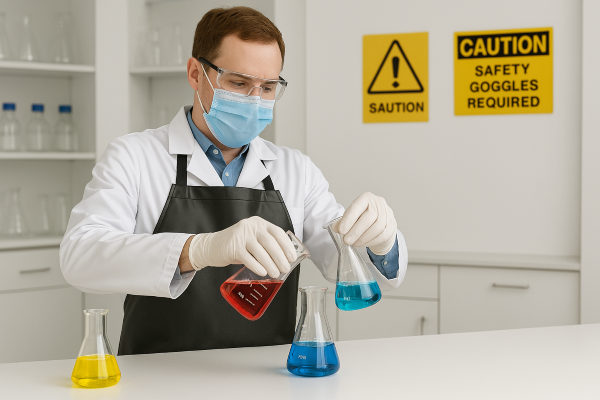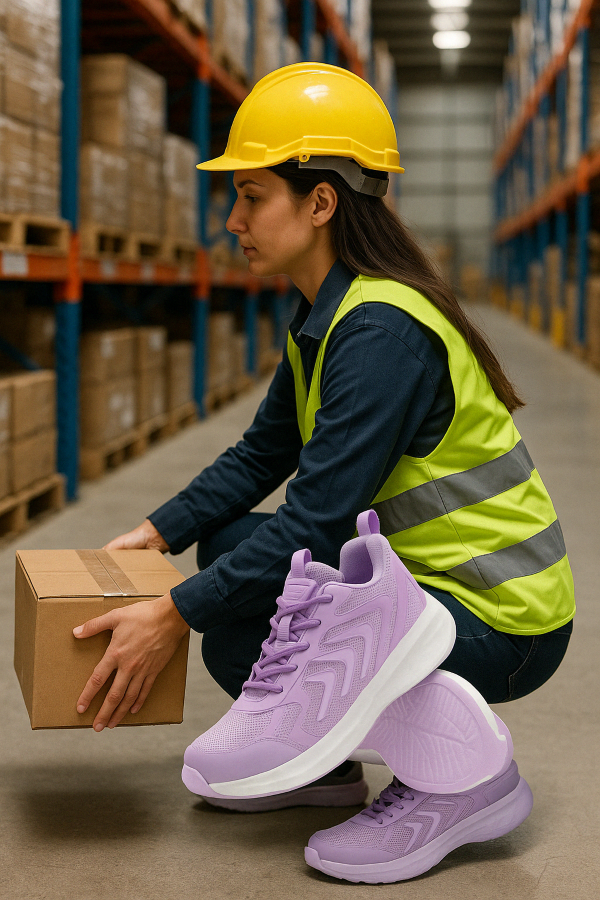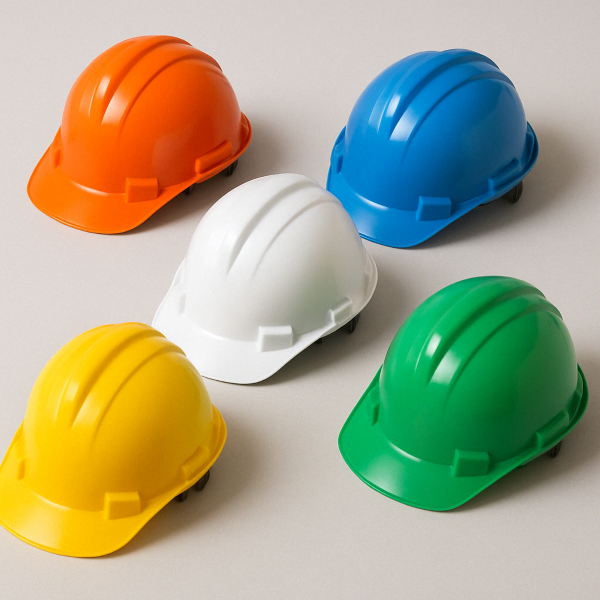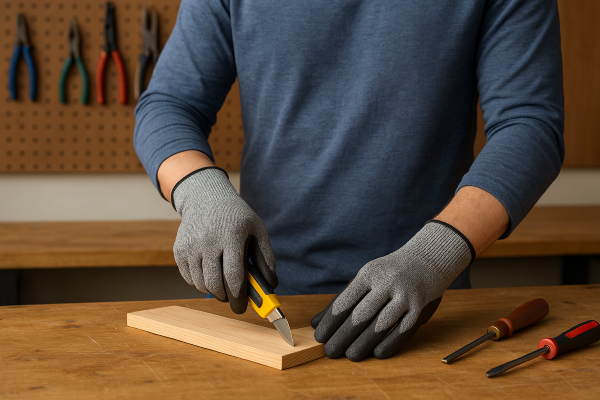Asbestos Apron: From High-Heat Protection to Modern-Day Replacements
🔥 Why Heat-Resistant Aprons Matter
In high-temperature environments like welding shops, glassworks, and foundries, protective gear isn’t optional—it’s life-saving. Heat-resistant aprons are one of the most vital pieces of PPE (Personal Protective Equipment) used to protect the torso from sparks, molten splashes, and open flame.
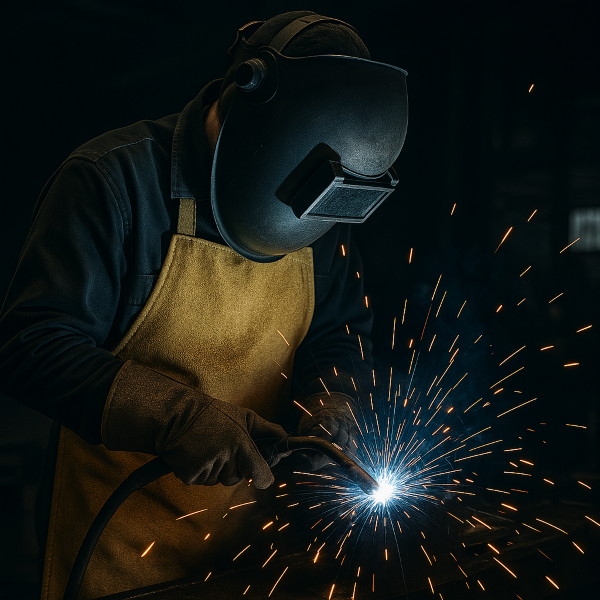
Before the health risks were fully known, asbestos aprons were widely used because they were extremely flame-resistant. But over time, these once-trusted garments became known for something far more dangerous: deadly fiber exposure.
Today, we’ll break down:
- What asbestos aprons were
- The risks they posed
- What materials replaced them
- And the best modern heat-resistant aprons you can buy right now
Let’s dive in.
🔍 What Was an Asbestos Apron?
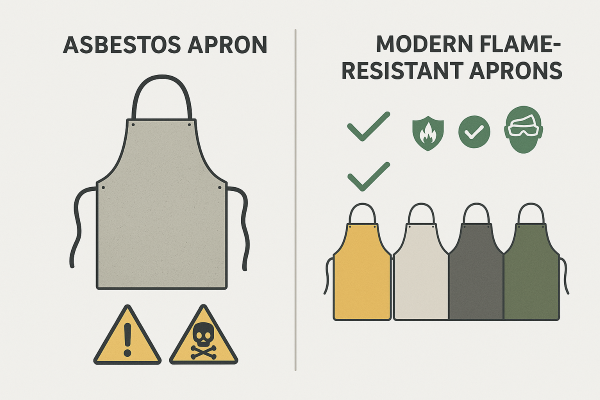
An asbestos apron is a garment made from woven asbestos fibers, designed to protect the upper body from extreme temperatures. These were primarily used in welding, metallurgy, glassblowing, and other high-heat industrial settings.
| Feature | Details |
|---|---|
| Material | Woven asbestos cloth |
| Temp Resistance | Up to 1,000°C (1,832°F) |
| Key Benefits | Flameproof, heat-insulating, durable |
| Risks | Asbestos exposure can cause cancer, lung damage, etc. |
| Current Status | Banned or heavily restricted globally |
⚠️ Why Asbestos Was Banned
Asbestos is highly heat-resistant—but its fibers are deadly when inhaled. Long-term exposure has been linked to:
- Asbestosis
- Mesothelioma
- Lung Cancer
These conditions led to worldwide bans or heavy restrictions of asbestos use in consumer products. Wearing or even handling old asbestos aprons now requires specialized hazmat procedures.
🧪 Modern Replacements for Asbestos Aprons
Luckily, innovation in fire-resistant materials has produced safe and superior alternatives. These modern materials meet or exceed the heat performance of asbestos — without the toxic side effects.
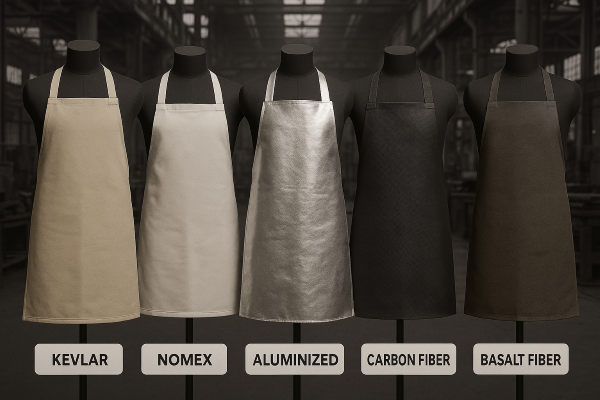
| Material | Max Temp | Flame Resistance | Durability | Safe? | Notes |
|---|---|---|---|---|---|
| Kevlar® | ~800°F | Excellent | High | ✅ | Cut-resistant too |
| Nomex® | ~700°F | Excellent | High | ✅ | Used in fire suits |
| Carbon Fiber Fabric | ~3,000°F | Excellent | Very High | ✅ | Lightweight, top-tier protection |
| Aluminized Fabrics | Radiant Heat | High | Very High | ✅ | Reflects heat away from the body |
| Basalt Fiber | ~1,800°F | Good | Medium | ✅ | Eco-friendly volcanic rock fiber |
| PBI (Polybenzimidazole) | ~1,200°F | Excellent | High | ✅ | Favored in military and firefighter gear |
🛠️ Best Modern Heat-Resistant Aprons: Product Picks
If you work with molten metal, welding arcs, or blazing furnaces, you need gear that won’t melt, burn, or break down under pressure. Below are top-rated alternatives to asbestos aprons that provide robust protection in dangerous settings.
🔥 1. Kevlar Welding Apron
- Material: 100% Kevlar® with stitched reinforcements
- Temp Resistance: Up to 800°F (427°C)
- Ideal For: Welding, blacksmithing, metal cutting
- Features: Lightweight, cut-resistant, adjustable straps
- Price Range: $45–$80
- Why It’s Great: Strong against sparks and heat, without adding weight
🔥 2. Nomex Flame-Retardant Apron
- Material: Advanced Nomex® blend
- Temp Resistance: Up to 700°F (370°C)
- Ideal For: Foundry work, glassblowing, maintenance
- Features: Lightweight, breathable, arc-rated
- Price Range: $60–$110
- Why It’s Great: Flexible, non-melting, long-lasting fabric ideal for mobility
🔥 3. Aluminized Heat Reflective Apron
- Material: Aluminized PBI or Carbon/Kevlar blend
- Temp Resistance: Reflects radiant heat up to 2,000°F
- Ideal For: Smelting, furnace maintenance, aerospace
- Features: High neck, reflective surface, splash protection
- Price Range: $120–$200
- Why It’s Great: Reflects intense heat, protects against molten splashes
🔥 4. Carbon Fiber Heat-Resistant Apron
- Material: Carbon fiber infused weave
- Temp Resistance: Up to 3,000°F (1,650°C)
- Ideal For: Aerospace, military-grade applications
- Features: Ultra-light, superior thermal barrier
- Price Range: $150–$350
- Why It’s Great: Highest level of heat resistance on the market
🔥 5. Basalt Fiber Safety Apron
- Material: Eco-friendly basalt fiber
- Temp Resistance: Up to 1,800°F
- Ideal For: Foundries, forging, power plants
- Features: Anti-static, chemical-resistant
- Price Range: $70–$130
- Why It’s Great: Sustainable and surprisingly strong
🤔 Frequently Asked Questions (FAQ)
Q1: Are asbestos aprons still legal to wear?
A: No, they are banned in most countries for workplace use due to their health risks. Only sealed specimens may exist for educational or historical display.
Q2: What is the best modern alternative to asbestos aprons?
A: For most high-heat industrial uses, Kevlar, Nomex, and Aluminized PBI fabrics are the top-tier options, depending on your specific application.
Q3: Are modern aprons just as flame-resistant as asbestos ones?
A: Yes—and often even more effective. Today’s materials also bring added benefits like breathability, chemical resistance, and no toxic fibers.
Q4: Can I sell an old asbestos apron online?
A: Selling asbestos products is heavily regulated or prohibited in many countries. Check with your local hazmat authority before listing or shipping anything with asbestos content.
🧠 Conclusion: Out with the Old, In with the Safe
Asbestos aprons were once the gold standard for heat protection. But science taught us that safety doesn’t just mean withstanding fire—it means keeping workers healthy in the long term.
The future of heat-resistant PPE lies in synthetic blends, engineered fabrics, and smart layering systems. Whether you’re a welder, foundry worker, or weekend blacksmith, you no longer need to risk your lungs for a little fire resistance.
So ditch the relics of the past and suit up with today’s best high-temp safety aprons — designed to protect you and your future.
📌 Quick Comparison Table: Old vs. New
| Feature | Asbestos Apron | Modern Heat-Resistant Aprons |
|---|---|---|
| Flame Resistance | Excellent | Excellent or better |
| Max Heat Resistance | ~1,000°C (1,832°F) | Up to 3,000°F (Carbon Fiber) |
| Health Risk | High (toxic fibers) | None |
| Comfort & Breathability | Poor | Good to Excellent |
| Available Today | No (banned) | Yes – Widely available |
| Recommended Use | None | Welding, forging, glassblowing, etc. |

